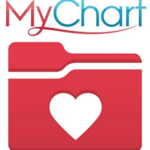
Women's Health Topics
Locations Served
Language
All Services
Birth Control
Contact our women’s health educators for assistance in applying for health insurance and other discounts or for more information about your health care options.
Birth Control Options
Learn about some of the most popular birth control options below. Visit Bedsider.org to learn all the details about every available method, from the IUD to condoms, the pill, the patch, and more.
Nexplanon Implant
The implant (Nexplanon is the brand name; previously, Implanon) is a teeny-tiny rod that’s inserted under the skin of your upper arm. It’s so small, in fact, most people can’t see it once it’s inserted—which means it can be your little secret, if you’re so inclined. The implant releases progestin, a hormone that keeps your ovaries from releasing eggs and thickens your cervical mucus—which helps block sperm from getting to the egg in the first place. It prevents pregnancy for up to four years.
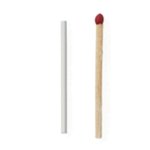
Hormonal IUD
The hormonal IUD is a small T-shaped piece of plastic that gets put inside your uterus. It works in two ways: the hormones help prevent an egg from being released each month, and having the device inside your uterus makes your body not want to implant a baby there. The hormonal IUDs we provide offer 5-7 years of protection. If you want to get pregnant, you can have the IUD removed at any time. People who choose this method typically have light periods or no period.
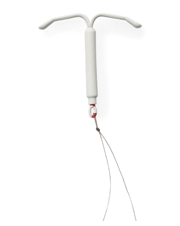
Non-Hormonal IUD
The non-hormonal IUD is a small T-shaped piece of plastic with copper that gets put inside your uterus. It works in two ways: the copper helps kill sperm, and having the device inside your uterus makes your body not want to implant a baby there. The non-hormonal IUD offers 10-12 years of protection. If you want to get pregnant, you can have the IUD removed at any time. People who choose this method typically have a slightly heavier period with more cramps.
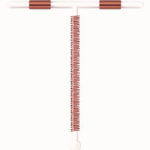
The Pill (Oral Contraceptives)
You take it once a day, at the same time every day. There are lots of different kinds of pills on the market, and new ones come out all the time. Most work by releasing hormones that keep your ovaries from releasing eggs. The hormones also thicken your cervical mucus, which helps to block sperm from getting to the egg in the first place.
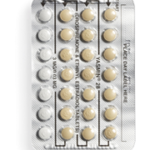
The Ring
The ring has the same hormones in it as estrogen-containing birth control pills. You wear it inside your vagina, and it is about the size of a thick rubber hair band. You can wear it for 3 weeks, then take it out for a week when you will bleed like you are having a light period, then put in a new one.
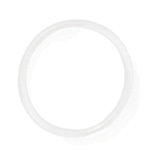
The Patch
The patch has the same hormones as estrogen-containing birth control pills and the ring. You wear it on your skin like a big band-aid. You can wear it for 1 week, changing it every week for 3 weeks, then take a week off when you will bleed like you are having a period.
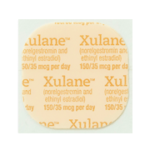
The Shot (Depo Provera)
The shot is just what it sounds like—a shot that keeps you from getting pregnant. Once you get it, your birth control is covered for three full months—there’s nothing else you have to do. The shot contains progestin, a hormone that prevents your ovaries from releasing eggs. It also thickens your cervical mucus, which helps block sperm from getting to the egg in the first place.
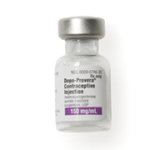
Condoms
One of the most popular forms of birth control out there. They slip over the penis to prevent pregnancy and lower the risk of STIs by keeping sperm inside the condom and out of the vagina. Condoms come in hundreds of shapes and sizes, with lube and without.
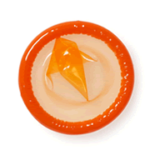
Fertility Awareness
Fertility Awareness Method is a natural way of understanding when you could become pregnant. Most women ovulate (release an egg) one time each month, and this is the time when pregnancy could occur. There are a few subtle signals that ovulation is going to happen, mostly watching the mucus your body makes and paying attention to your temperature, in addition to watching the calendar. People use this method both to try and BECOME pregnant and to try and AVOID pregnancy. This is a good intro video for understanding your cycle better.

Community Resources
Explore the organizations below to find more information about your options for birth control and how you can get help paying for it.

MFPP. The Minnesota Family Planning Program is a health care program that covers the costs of family planning services (including related supplies) and transportation services to and from providers of family planning services. This program is for people who are not enrolled in Medical Assistance, which already covers these services. More information is in the Minnesota Family Planning Program brochure (PDF).

Planned Parenthood. Planned Parenthood provides health care, education, and advocacy programs to help women, men and families make informed, responsible decisions about their personal health as well as the health of their communities. They offer a wide range of health care services, including annual exams, birth control, emergency contraception, STI testing and treatment, vaccinations, and abortion care.

Bedsider is an online birth control support network for women 18-29. Their goal is to help women find the method of birth control that’s right for them and learn how to use it consistently and effectively. Learn about different birth control options and where to get them nearest you.

Centers for Disease Control and Prevention. Learn more about reproductive health, including different contraceptives and their effectiveness, teen pregnancy, and maternal health.
Apps
Make the most of your time and check out the apps below to keep track of your reproductive and sexual health.

Eve by Glow. Eve is an app that allows users to track their menstrual cycle, fertility, amount of exercise, mood, and other pertinent data, as well as find sex health information curated by healthcare professionals. Eve also boasts a large community of users that ask, answer, and share on everything from love, sex, and female reproductive health.

CLUE. CLUE is an app that tracks your menstrual cycle and other important data about your sexual health. Clue is designed to make tracking your fertility accurate, fast and friendly. Keep track of your monthly cycle by entering data about your period, pain, mood, fluid, sexual activity, and personal notes.


